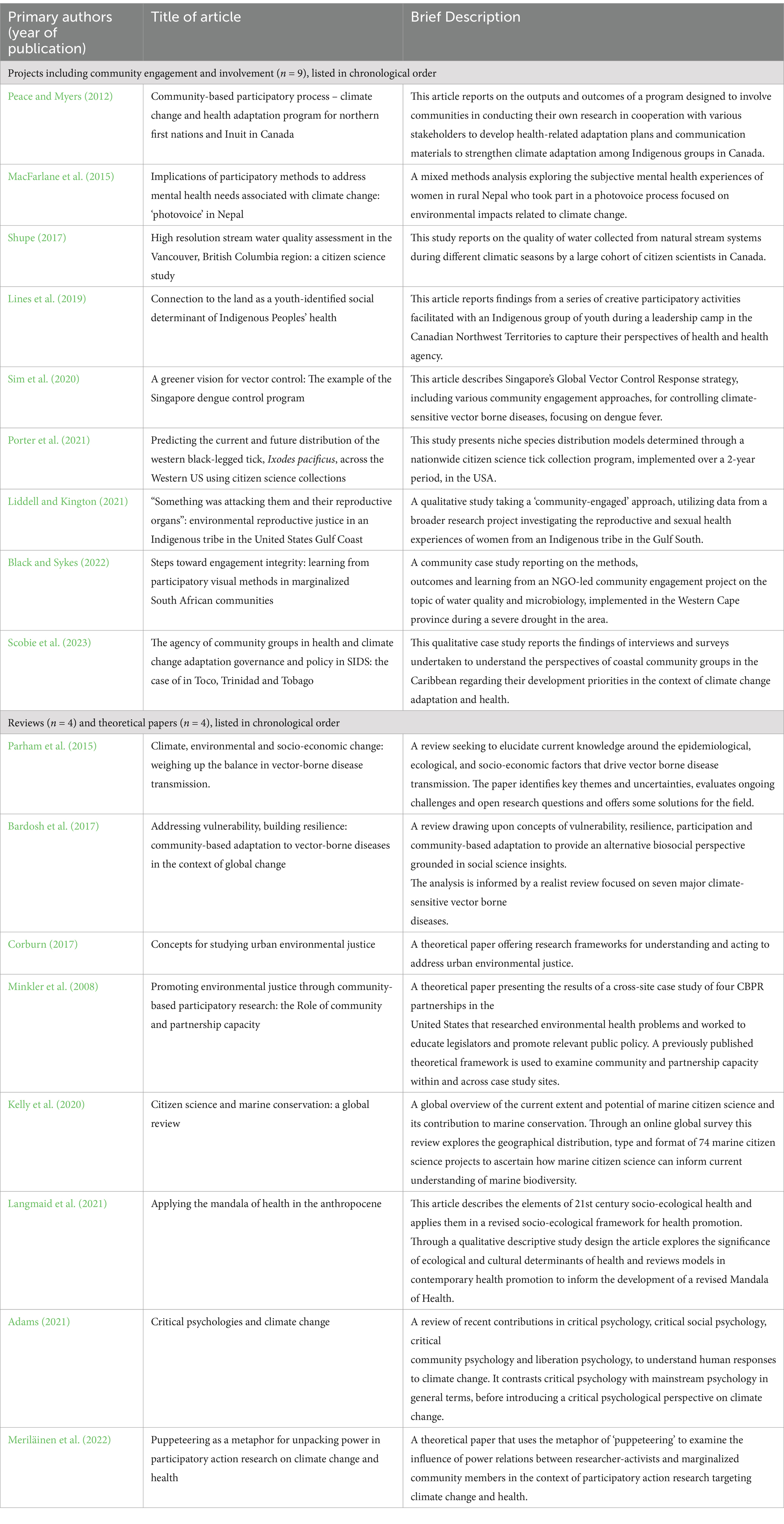
Investigative Report: Challenges of Trauma Care Deserts in the American West
By Lauren Caruba | Investigative Reporter and Ari Sen | Computational Journalist
Published Nov. 30, 2023
GRAND JUNCTION, COLO. — Late one night last year on the western edge of Colorado, a car careened off a cliff and landed at the bottom of a ravine.
A few miles from the city center, rescue and emergency medical workers converged where the car had flattened hundreds of feet below.
By the time an air ambulance service arrived, there was no easy way for paramedics to reach the only survivor, a man with head and chest injuries. They couldn’t safely land the chopper at the bottom. And then there was the incline, which was too steep to hike down.
The one thing they had on their side was the fact that the crash happened just five minutes by air from St. Mary’s Medical Center, a Level II trauma center that serves the western portion of the state. Still, it took hours to set up ropes and harnesses so emergency responders could rappel down to the injured man. His condition was serious, and he was still in the wreckage. Paramedics didn’t want to delay his treatment, so they began a transfusion of red blood cells before lifting him up to the chopper.
The man made it to the hospital — alive.

St. Mary’s Medical Center, the largest hospital and only Level 2 trauma center between Denver and Salt Lake City, can be easily spotted from the Colorado National Monument rising above all the other buildings in Grand Junction, Colo. The Rocky Mountains act as a dividing line for trauma care in Colorado, and St. Mary’s serves the entire western portion of the state. (Smiley N. Pool / Staff Photographer)
The dramatic rescue is not unusual for the American West, where expansive geography and extensive trauma care deserts pose unique challenges for emergency medical providers — and imperil the lives of people who suffer critical injuries.
Unlike urban areas where trauma hospitals are easily accessible, in this part of the country injured patients can be several hours away from help. As a result, patients are more likely to succumb to their injuries before reaching a hospital, according to an analysis of federal data by The Dallas Morning News, in collaboration with medical researchers from the University of Alabama at Birmingham.
Each year, medical researchers estimate tens of thousands of Americans bleed to death despite having injuries they could have survived, a reality that trauma physicians have decried as a health crisis. Traumatic injury is the top killer of children and adults under the age of 45, claiming the life of an American about every 3½ minutes. Yet medical specialists argue it receives little federal funding for research that could help improve outcomes compared with other leading causes of death.
Nationwide, paramedics often lack the tools they need to treat severe internal bleeding, and patients have sporadic access to lifesaving interventions like blood transfusions before arriving at a hospital. Injured patients routinely bleed out before reaching a doctor, despite scientific advances that make blood transfusions on ambulances possible.
For decades, trauma specialists posited that seriously wounded patients should be treated at an equipped hospital within the “golden hour” immediately following their injuries. More recent research from the past several years suggests the critical window is closer to a half-hour for severely bleeding patients, whose risk of dying grows with each minute they don’t receive blood and other crucial treatments.
Above-average proportions of people dying of their injuries before they reach a hospital indicate more lives could potentially be saved, researchers say.
The News’ analysis found trauma care in the U.S. is starkly inequitable, in that where you live can determine whether you survive. Nationwide, there is unequal access to emergency medical services and trauma hospitals equipped to treat the most severe injuries. The problem is most severe in the more rural West and South.
The News used Centers for Disease Control and Prevention mortality statistics to compare the number of prehospital to in-hospital trauma deaths for all U.S. states and most counties from 1999 through 2020. It also mapped the locations of high-level trauma hospitals nationwide and calculated the approximate travel times to them for every part of the U.S.
Key Findings:
- An estimated quarter of all Americans live further than a 30-minute drive from Level I or II trauma centers, which provide the highest level of care to injured patients. In rural areas, the risk of death is greater due to longer response and transport times, research shows.
- Western states, with their vast expanses and rugged terrain, are
SDGs, Targets, and Indicators
1. Which SDGs are addressed or connected to the issues highlighted in the article?
- SDG 3: Good Health and Well-being
- SDG 10: Reduced Inequalities
- SDG 11: Sustainable Cities and Communities
2. What specific targets under those SDGs can be identified based on the article’s content?
- SDG 3.8: Achieve universal health coverage, including financial risk protection, access to quality essential health-care services, and access to safe, effective, quality, and affordable essential medicines and vaccines for all.
- SDG 10.2: By 2030, empower and promote the social, economic, and political inclusion of all, irrespective of age, sex, disability, race, ethnicity, origin, religion, or economic or other status.
- SDG 11.1: By 2030, ensure access for all to adequate, safe, and affordable housing and basic services and upgrade slums.
3. Are there any indicators mentioned or implied in the article that can be used to measure progress towards the identified targets?
- Indicator for SDG 3.8: Proportion of population with access to essential health services.
- Indicator for SDG 10.2: Proportion of population reporting having felt discriminated against or harassed in the previous 12 months on the basis of a ground of discrimination prohibited under international human rights law.
- Indicator for SDG 11.1: Proportion of urban population living in slums, informal settlements, or inadequate housing.
SDGs, Targets, and Indicators Table
SDGs Targets Indicators SDG 3: Good Health and Well-being 3.8: Achieve universal health coverage, including financial risk protection, access to quality essential health-care services, and access to safe, effective, quality, and affordable essential medicines and vaccines for all. Proportion of population with access to essential health services. SDG 10: Reduced Inequalities 10.2: By 2030, empower and promote the social, economic, and political inclusion of all, irrespective of age, sex, disability, race, ethnicity, origin, religion, or economic or other status. Proportion of population reporting having felt discriminated against or harassed in the previous 12 months on the basis of a ground of discrimination prohibited under international human rights law. SDG 11: Sustainable Cities and Communities 11.1: By 2030, ensure access for all to adequate, safe, and affordable housing and basic services and upgrade slums. Proportion of urban population living in slums, informal settlements, or inadequate housing. Behold! This splendid article springs forth from the wellspring of knowledge, shaped by a wondrous proprietary AI technology that delved into a vast ocean of data, illuminating the path towards the Sustainable Development Goals. Remember that all rights are reserved by SDG Investors LLC, empowering us to champion progress together.
Source: interactives.dallasnews.com

Join us, as fellow seekers of change, on a transformative journey at https://sdgtalks.ai/welcome, where you can become a member and actively contribute to shaping a brighter future.





